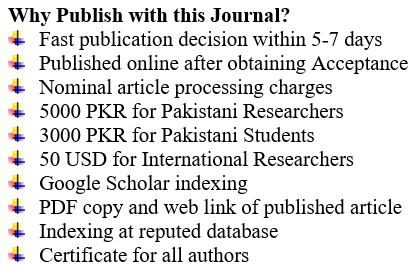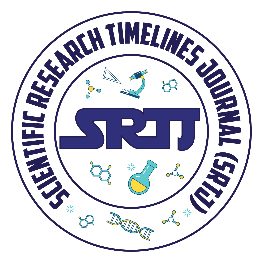NUTRITIONAL PROFILING OF ZINC CONTENTS IN WHEAT GRAIN
Keywords:
Zinc, wheat grain, bioavailability, neurodegenerative disease, cancer, growthAbstract
Wheat is a crucial global nutrient source, providing over 20% of calories and proteins in resource-limited nations. Recommended daily zinc intake varies by age, gender, weight, and dietary phytate levels, with the National Institutes of Health suggesting 11 mg for adult males and 8 mg for adult females. The composition of wheat grains including size, embryo size, and tissue layers influences the distribution of mineral elements (Fe and Zn). Various factors impact zinc transfers from roots to shoots post root absorption. Bioavailability denotes the absorbed portion used for physiological processes. Intestinal absorption is vital for mineral homeostasis, with zinc primarily found intracellularly in organs, tissues and fluids. Over 80% of body zinc resides in bone and skeletal muscle. Zinc's role in preventing diseases contrasts with deficiencies causing issues like Oligospermia, weight loss, hypogonadism, rough skin, impaired wound healing, and various other health problems
Downloads
Downloads
Published
Issue
Section
License
Copyright (c) 2023 Scientific Research Timelines Journal

This work is licensed under a Creative Commons Attribution-NonCommercial 4.0 International License.








 This work is licensed under a
This work is licensed under a 